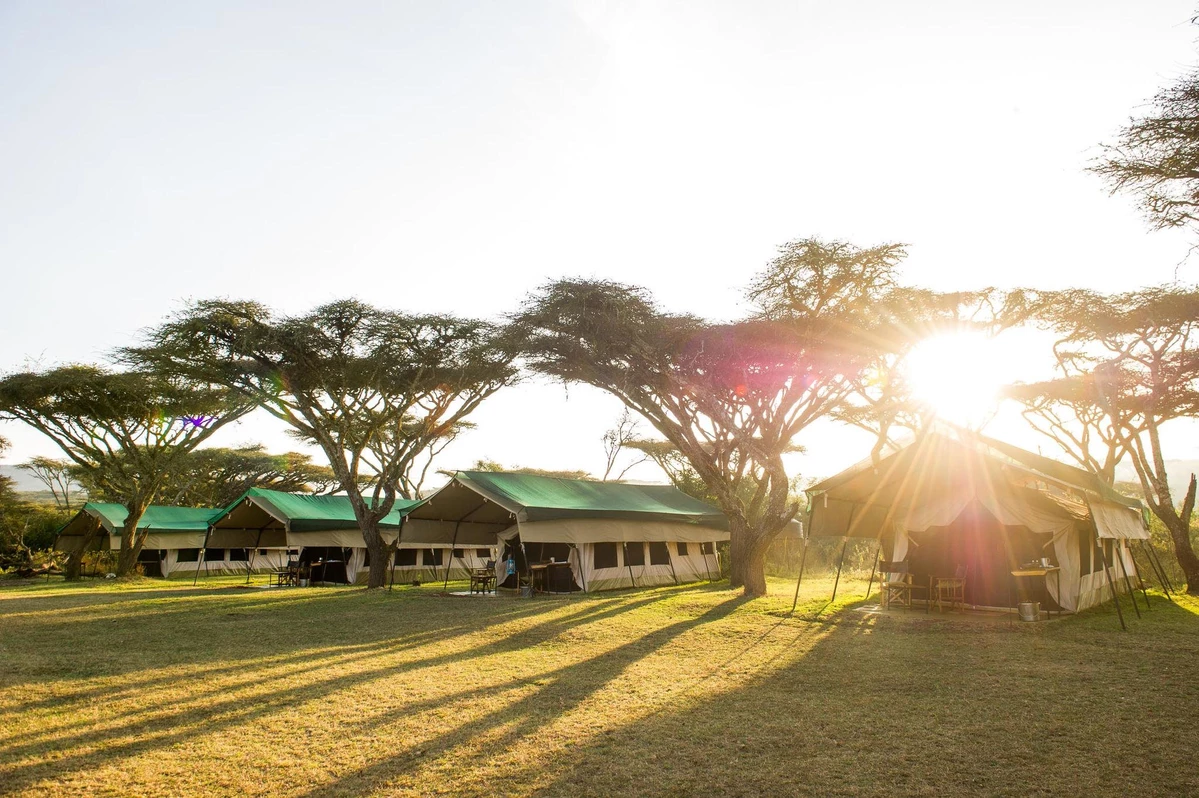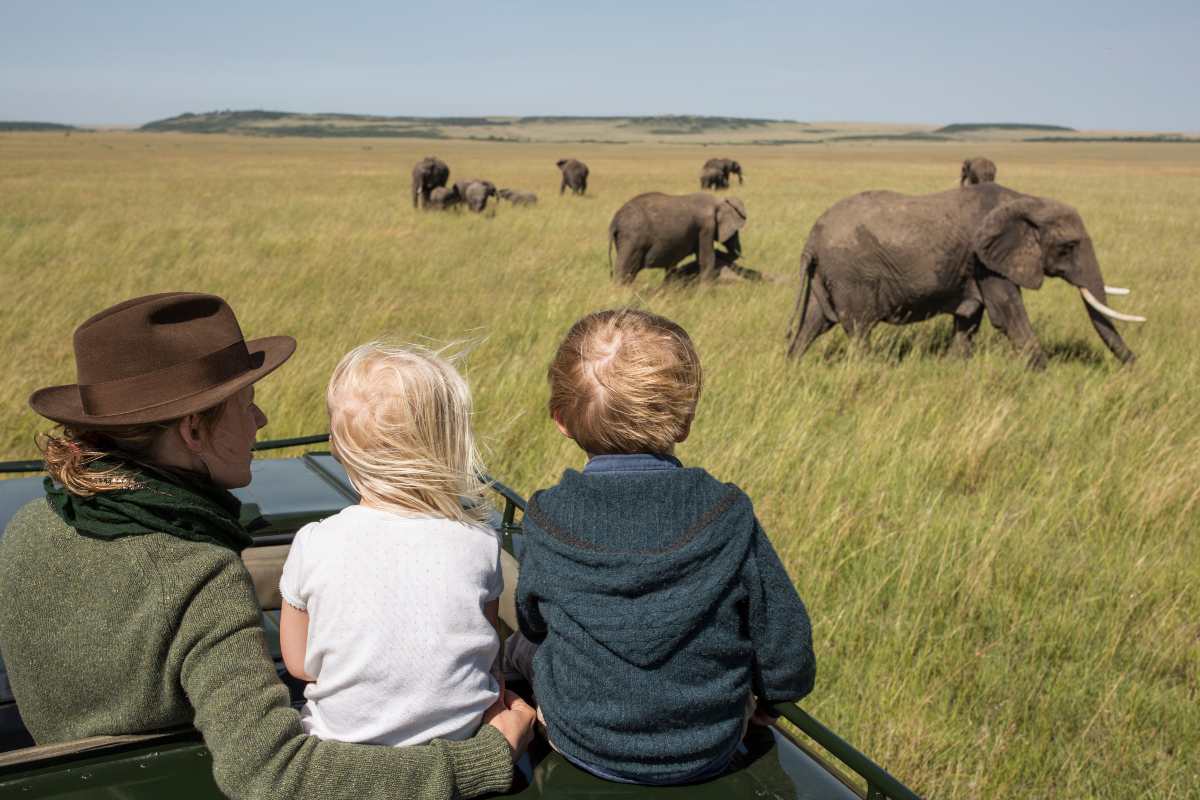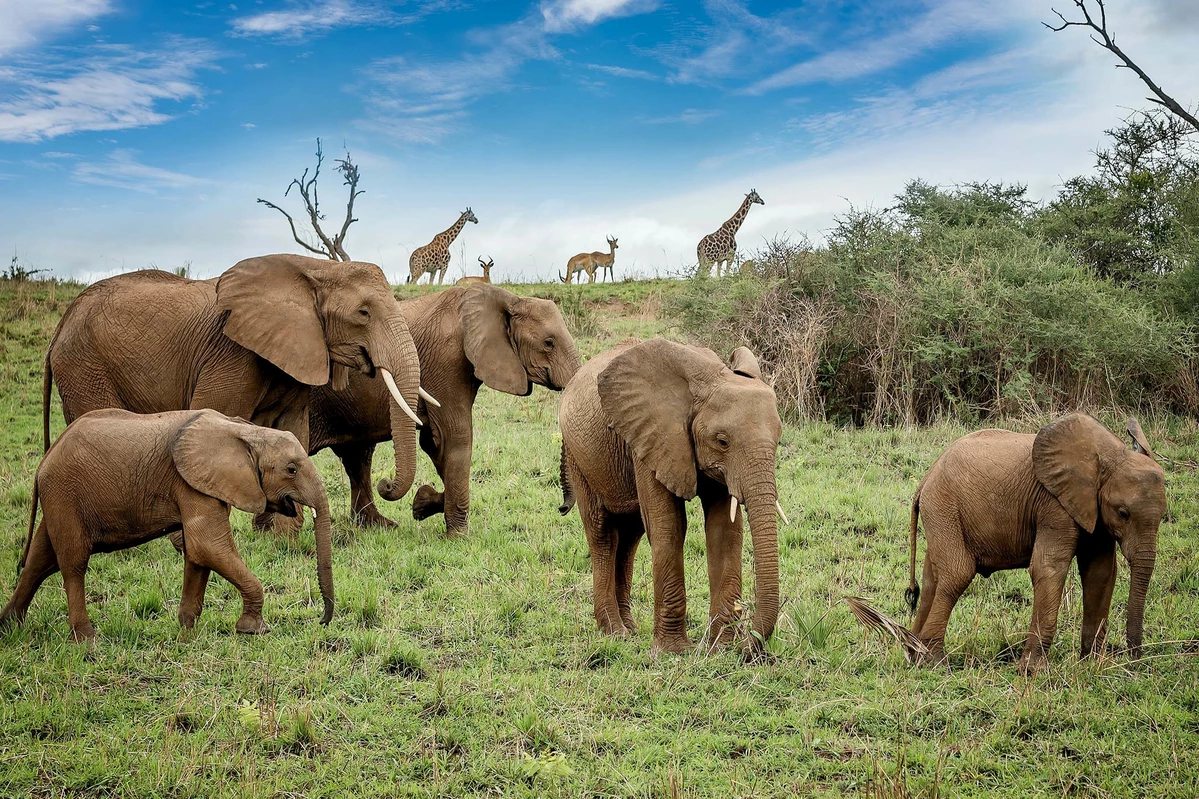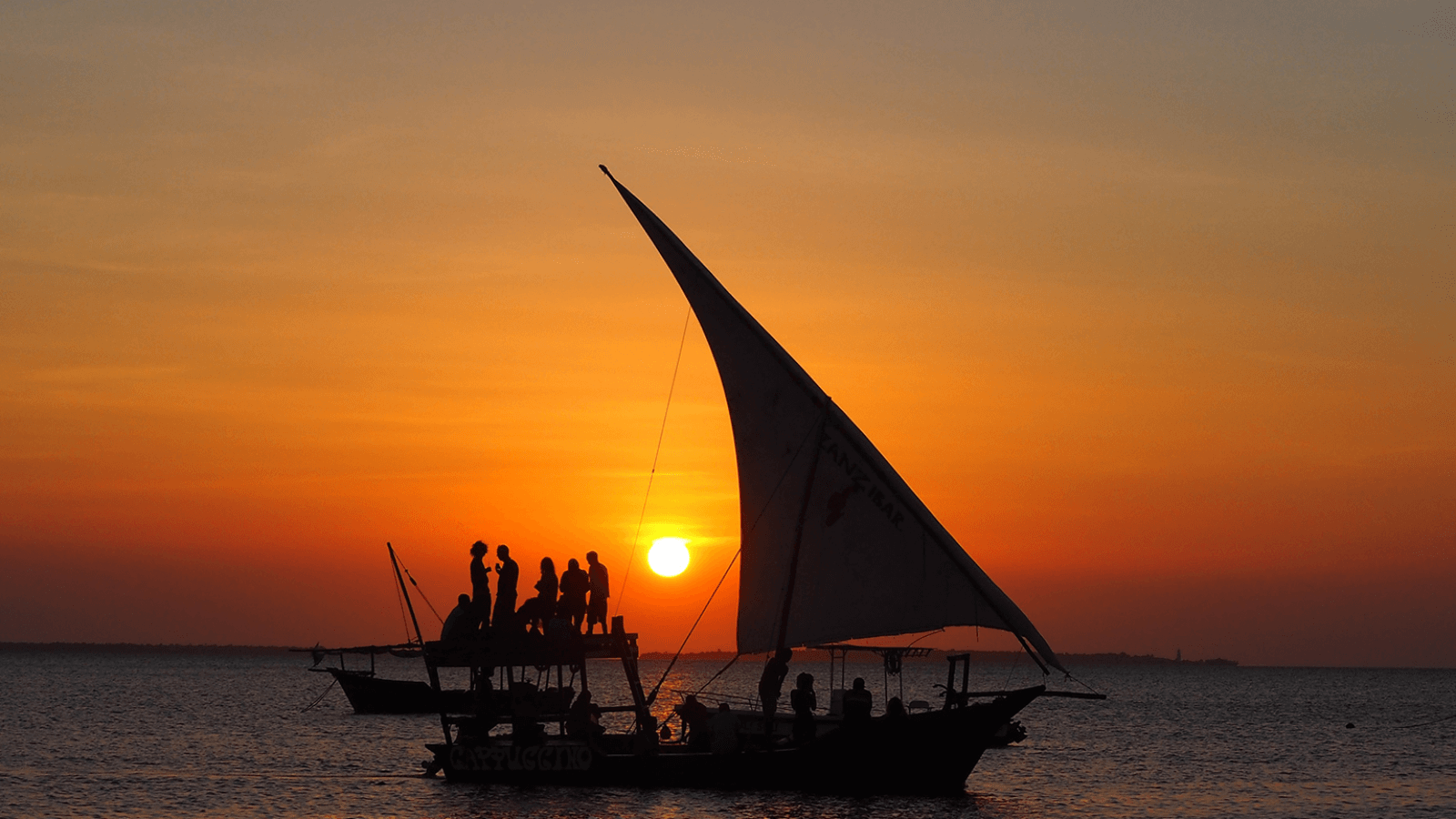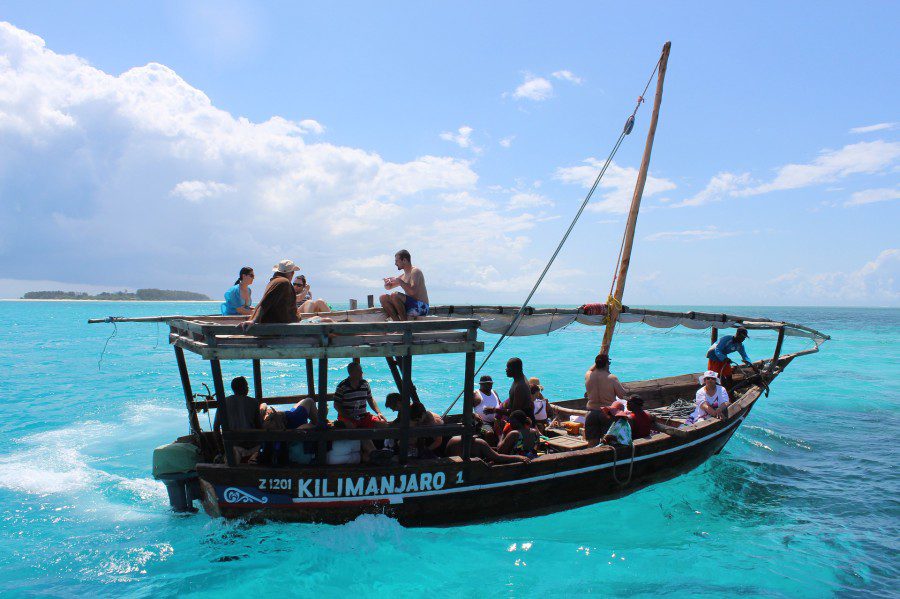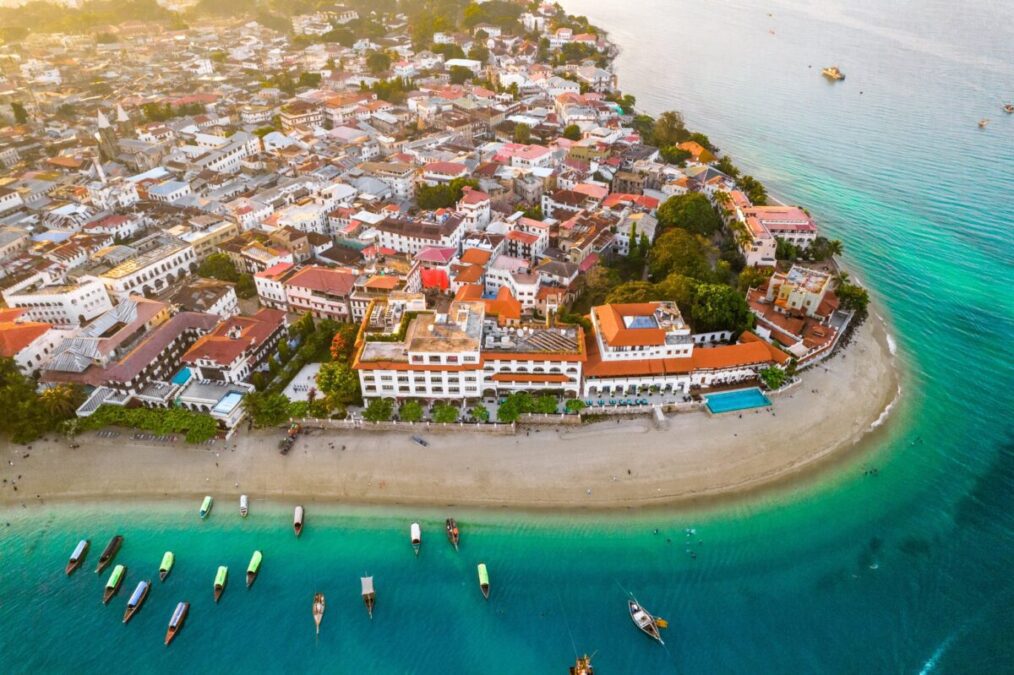Looking for more information about the Tanzania National Parks? Find out the best Tanzania safari parks, where they are located, their animals and birds, and which parks are perfect for your interests, hobbies, and safari itinerary.
Tanzania National Parks are mainly found on the country’s four “safari circuits”. These Tanzania safari circuits consist of an itinerary of destinations designed to minimize travelling time and maximize the experience.
Tanzania is a large and diverse country; thus, each circuit offers its own unique magic, divergent scenery, and appealing wildlife encounters.
The northern, southern, western, and eastern safari circuits encompass a selection of parks, wildlife reserves, conservation areas and even, in the case of the eastern circuit, Indian Ocean islands, marine parks and gorgeous beaches, that visitors can choose based on their interests.
Tanzania National Parks On The Northern Circuit
The northern circuit parks are the most popular on this list of Tanzania national parks. They includes destinations that are the stuff of safari, travel and film-making legend.
If you are first-time visitor to Tanzania, the northern circuit is the best place to start. It has some of Tanzania’s best roads. Every destination here is easily accessible.
There are also a variety of accommodation options available for every budget, from basic campsites to some of Africa’s most luxurious lodges. The northern circuit starts from Lake Victoria in the west to Mount Kilimanjaro in the east, and it is bounded by the border of Kenya to the north and Tarangire Park to the south.
It includes such iconic Africa safari destinations like Serengeti and Ngorongoro, and, more time should be spent exploring these places than others.
1. Serengeti National Park
Serengeti National Park is one of the most renowned wildlife parks in the entire world.
It is the best of all Tanzania national parks. This classic safari destination is where the majesty of the scenery and expansive atmosphere is matched by extraordinary game viewing. Here, endless savannah plains, rocky outcrops, wetlands, and woodlands support countless wild animals.
Naturally, the Serengeti ecosystem is most famous for its role in the Great Wildebeest Migration – the largest overland mammal migration on earth. In fact, most of the year, the wildebeest herds move through Serengeti before passing the border into Maasai Mara. No words can fully capture the feeling of sitting in amongst thousands of wild animals that stretch as far as the eye can see.
However remarkable though it may be, the Serengeti offer much more than the Great migration. All African Big 5 animals all present, and encounters with big cats (Cheetahs, Lion, and Leopards) and hyenas are all but guaranteed, viewed against the backdrop of breathtaking landscape.
The Serengeti ecosystem also includes many surrounding reserves and game control areas and is open to the Ngorongoro Conservation Area described below.
2. Ngorongoro Conservation Area
Ngorongoro Conservation Area’s most prominent feature is the Ngorongoro Crater. Often described as Africa’s Eden, this ancient 260km2 wide volcanic caldera encloses one of the most bio-diverse and precious wild spaces in Africa, giving the impression that time stood still at the centre of the massive geological cradle.
Here, many of the most iconic animals of Africa including the Big 5 (lions, leopards, elephants, buffalos and Rhinos) thrive. Outside the crater, the Ndutu area of Ngorongoro Conservation Area serves as a critical resting point in the Great Wildebeest Migration. Here, more than a million wildebeest arrive on the short grass plains to calve. At the height of the chaos, over 8,000 calves are born every day, forced to find their feet quickly or be lost to the predators that throw themselves into the wildebeest melee with joyous abandon.
The Olduvai Gorge’s steep-sided ravine is another of Ngorongoro’s vital attractions, having yielded a timeline of our evolution as a species. The scattered tools, fossils, and bone fragments reveal the gradual development of societies and social complexities that today define Homo sapiens.
3. Lake Manyara National Park
Lake Manyara National Park is situated between Lake Manyara and the dramatic wall of the Great Rift escarpment. Known for its spectacular displays of pink flamingos and other fantastic water birds, Manyara is small and less visited park than the Serengeti or Ngorongoro. This makes it perfect as a perfect launchpad for exploring the Tanzania Safari Circuit.
4. Tarangire National Park
Close to Lake Manyara National Park is Tarangire National Park – a southernmost park in the Tanzania northern circuit. Tarangire is a land of giant baobabs, shimmering swamps and sweeping vistas. It is also one of Africa’s most underrated best safari destinations, boasting abundant wildlife. It is also a vital landscape for one of the lesser-known mammal migrations in Tanzania as during the dry season, the Tarangire River becomes one of the only available water sources. Thousands of animals are drawn to its banks from miles in every direction.
5. Mount Kilimanjaro National Park
Mount Kilimanjaro – Africa’s tallest mountain needs little by way of introduction. Every year, thousands of amateur and experiences hikers set out to summit its peak (5,895m). This snow-capped summit stands out strangely against the flat Rift Valley scenery below. And even those reluctant to hike it should be content to gaze upon this African legendary mountain from its base.
6. Arusha National Park And Mount Meru
Arusha city acts as the gateway to the northern Tanzania safari circuit, meaning that Arusha National Park is usually the first or the last stop for travellers navigating the route.
Inside the national park is Mount Meru – a dormant volcano which is sometimes referred to as the “little brother” of Mount Kilimanjaro. Mount Meru provides a much quieter and more intimate experience, along with spectacular wildlife encounters en route to the summit.
7. Rubondo Island National Park
Rubondo Island National Park is a hidden gem along Tanzania’s northern safari circuit. Situated in southwest of Lake Victoria, Rubondo is the largest island national park in Africa. It’s tropical rainforest is one of the best destinations for chimpanzee trekking in Tanzania.
Guided by a professional ranger, you will trek through lush vegetation in search of these fascinating primates. This Tanzania wildlife safaris park offers an exclusive private experience in an area relatively untouched by tourism.
There is only one accommodation in the whole area, which means you are guaranteed complete seclusion and privacy in an unspoilt, wildlife-rich paradise.
8. Mkomazi National Park
One of the most underrated Tanzania national parks, Mkomazi National Park is an emergent safari destination whose main attractions are its untrammelled atmosphere and the exciting opportunity to encounter the rare black rhino in a special drive-in sanctuary that opened in 2021. Mkomazi National Park is situated on the northeastern side of Tanzania on the Kenyan border, in Same District of Kilimanjaro Region and Lushoto District.
Tanzania National Parks On The Southern Circuit
Unlike the busy northern circuit, the Tanzania National Parks on the southern safari circuit are remote and wild. This region is known for its back-to-basics and authentic approach, where exploring on foot is an essential part of the experience and you can go for days without encountering another tourist. Much of this area is relatively arid compared to the luscious plains of the north but still incorporates areas with thriving swamps, verdant forests and spectacular waterfalls.
1. Nyerere National Park
Carved from the former Selous Game Reserve, Nyerere National Park now extends over three sides of the Rufiji River valley. River Rufiji dominates the park’s landscape, fanning into a complex network of channels, oxbow lakes, and swamps, supplying a never-ending parade of thirsty animals drawn to the water’s edge. While the park established to boost its tourism potential, there is no question that Nyerere National Park remains something of a forgotten corner of Africa, where wildlife enthusiast can lose themselves in the vast wilderness.
2. Ruaha National Park
Ruaha is a gem of the southern Tanzania safari circuit, a vast and untouched semi-arid wilderness area, divided by life-giving river systems and dotted with the mystical Upside-Down Trees.
The rugged park hosts high densities of herbivores, sizeable herds of elephants and one of Africa’s largest lion populations.
Cheetahs, leopards, Spotted hyenas and painted wolves sightings are frequent, and if you are lucky, you can even have even spot one of the park’s elusive striped hyenas.
3. Mikumi National Park
Mikumi National Park is located near the northern border of Nyerere National Park and is easily accessible from Dar Es Salaam city, making it a popular choice for local tourists. However, few international visitors have yet to discover the splendour of Mikumi National Park’s expansive floodplains and prolific wildlife sightings.
4. Udzungwa Mountains National Park
Despite its closeness to the western edge of Nyerere National Park, Udzungwa Mountains National Park’s misty forests and picturesque waterfalls make it seem worlds apart.
This mountainous park is a biodiversity hotspot characterized by mind-boggling levels of endemism, with species including the Sanje crested mangabey, the Iringa red colobus, the Udzungwa partridge and the rufous-winged sunbird.
5. Kitulo National Park
Established in 2005, this rather obscure national park lies just south of Ruaha National Park. It is the first such entity in tropical Africa to be gazetted primarily for its floristic significance. Locally kwon as ‘Bustani ya Mungu’ (God’s Garden) and elsewhere as the ‘Serengeti of Flowers’, this Tanzania national park is home to one of the world’s great floral spectacles between November and April, when 350 species of vascular plant come in to bloom.
Tanzania National Parks on The Western Circuit
Unlike the southern and northern Tanzania safari circuits, the western circuit breaks away somewhat from the more traditional African safari fare. It is a shorter and more specialised safari circuit and should be combined with aspects from the northern or southern circuit if resources and time allow.
1. Gombe Stream National Park
The tiny Gombe is located on the north-eastern shores of Lake Tanganyika, the world’s second deepest lake. The park is one of only a few places in Tanzania where you can see wild chimpanzees. This beautiful park boats an exceptional biodiversity and is celebrated as the place where Dr. Jane Goodall first set up her now-famous research centre.
Here, visitors can follow expert local guides into the heart of the rainforest in search of our closest living relatives, the chimpanzee, admiring the many other primate species en route.
2. Mahale Mountains National Park
Also located on the shores of Lake Tanganyika, Mahale Mountains is considerably larger than Gombe National Park, covering the craggy Mahale Mountains and across rolling hills to the east.
In its forested western slopes, there is a substantial chimpanzee population, with many groups being the subjects of scientific study for over 50 years. And after a relatively difficult chimpanzee trekking adventure, you day spend the rest of the day diving into the cool embrace of Lake Tanganyika’s crystal waters or lounging on its beaches, cocktail in hand?
3. Katavi National Park
Tanzania’s Katavi National Park is one of the most exciting African safari destinations, ruled by the rhythm of the rainy season. In the late dry season, this Tanzania safari park roasts beneath a merciless sun and its resident wild animals are forced to compete for access to the remaining water in a dramatic battle for survival.
Visitors on Tanzania safaris who venture here off the beaten track are rewarded with a natural African enlightenment that they can enjoy all to themselves.
4. Kigosi National Park
Created in 2019, Kigosi is a national park in northwest Tabora Region of Tanzania.
The park is a part of the Moyowosi/Malagarasi wetlands complex, which is the largest wetlands complex in East Africa, and has an area of 8,265 km2. The Moyowosi, Malagarasi, Nikonga, Kigosi, Ugalla, Nikonga, and Gombe are 7 slow-moving rivers that meander through a vast and intricate network of marshes, plains lakes, and woodlands.
These rivers eventually combine to form the Malagarasi River, which empties into Lake Tanganyika. With a total area of almost 92,000 km2, the wetland system is larger than the entire country of Portugal. The shoebills and the graceful wattled cranes have their biggest concentrations in Africa here. Africa’s largest flocks of pygmy geese are present.
The largest concentrations of Cape clawless otters in Africa can be found also here. Other animals include lion, leopard, buffalo, crocodile, topi, sitatunga, warthog, baboon, zebra, sable, roan, eland, Oribi, reedbuck, hyena, hippo and waterbuck.
Tanzania’s Eastern Circuit (Coastal Areas)
With all the thrill of a safari in Africa, including dusty roads, early mornings, and heart-pounding sightings, it is definitely worthwhile to take a few days off before heading back home from Tanzania. And what better place to accomplish that than on one of the lovely tropical beaches in the nation? Though Tanzania mainland offers some beautiful spots to soak in the sun, the islands off-shore provide the best seaside escapes.
1. Zanzibar Island
Zanzibar is the most popular and largest of Tanzania’s islands. It is well-known as a destination for honeymooners and beach paradise. From stunning beaches to the vibrant culture in the Stone Town, Zanzibar is an accessible and relatively affordable island holiday destination.
2. Pemba Island
Less crowded and more exclusive than Zanzibar, Pemba Island’s fertile soils support rolling hills covered with fruit-laden coconut, banana and cassava trees. The warm waters surrounding it are famous for their excellent snorkelling and diving opportunities.
3. Mafia Island
Like Pemba Island, Mafia Island is quieter than Zanzibar, removed from the trappings of mass tourism. It offers the perfect place to soak up the resplendent marine scenery, including snorkelling and diving with whale sharks. You can even watch hundreds of turtle hatchlings and make their perilous first journey to the sea.
4. Saadani National Park
Saadani is East Africa’s only wildlife sanctuary graced with an Indian Ocean beachfront. The national park retains a low profile by comparison with the likes of Ruaha and the Serengeti, and certainly it doesn’t bear comparison to the finest Tanzania National Parks when it comes to conventional wildlife viewing.
However, its prolific birdlife, boat trips up the atmospheric Wami River, guided nature walks and the relative scarcity of other tourists make it a worthwhile stop.

